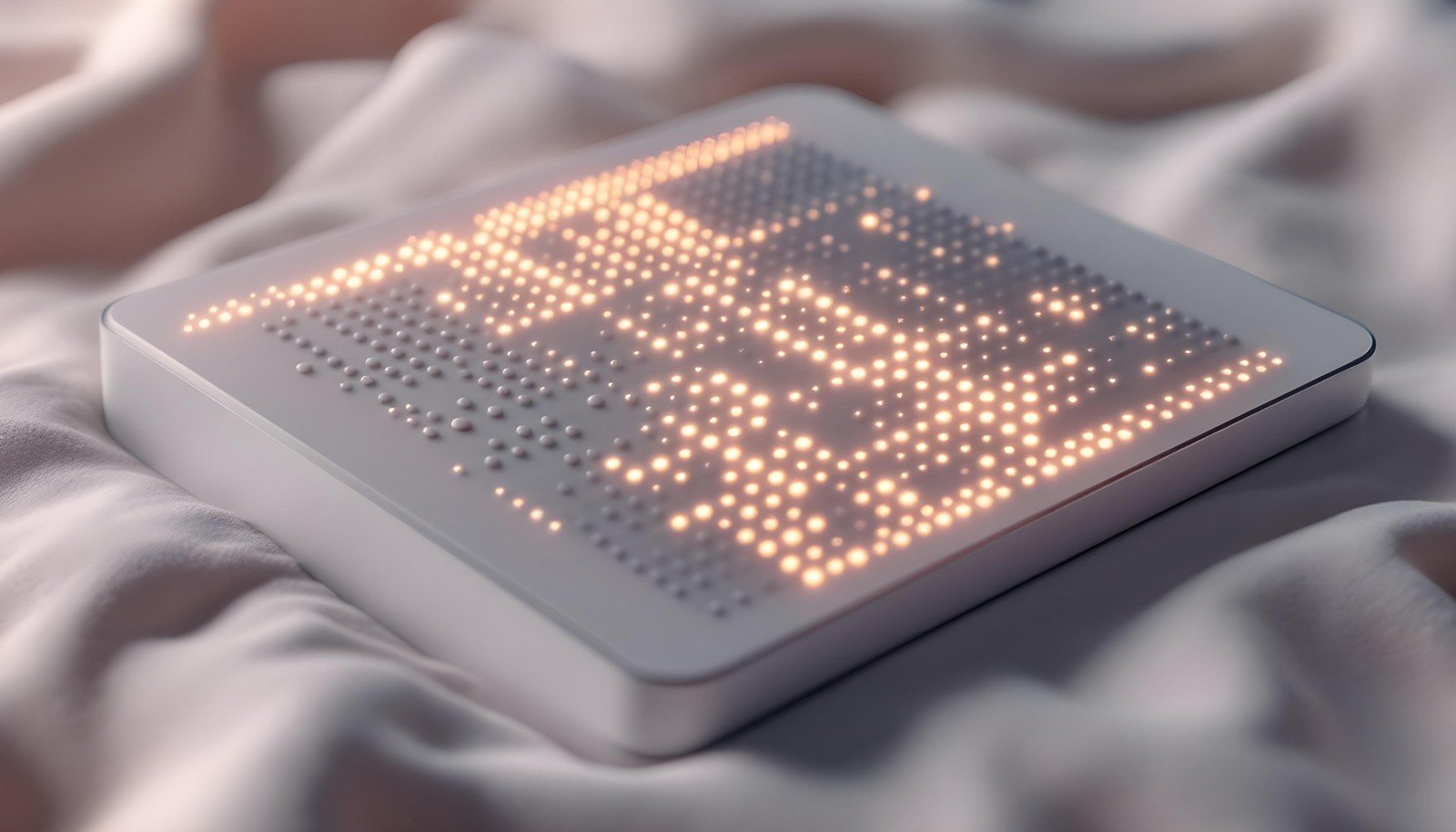Braille Display

Quick Navigation:
- Braille Display Definition
- Braille Display Explained Easy
- Braille Display Origin
- Braille Display Etymology
- Braille Display Usage Trends
- Braille Display Usage
- Braille Display Examples in Context
- Braille Display FAQ
- Braille Display Related Words
Braille Display Definition
A Braille Display is an assistive technology device designed for individuals who are blind or visually impaired. It translates on-screen text into tactile Braille characters, which can be read by touch. Using piezoelectric or electronic pins, these devices raise and lower to form Braille dots. They are used for real-time reading of digital content from computers, smartphones, and tablets, and support connectivity via USB or Bluetooth.
Braille Display Explained Easy
Imagine a magic book that changes its text whenever you press a button, and instead of letters, it shows bumpy dots you can feel with your fingers. That’s what a Braille Display does! It lets people who can’t see read what’s on a computer or phone screen by feeling the text in Braille.
Braille Display Origin
The development of Braille Displays began in the mid-20th century, inspired by Louis Braille’s original tactile writing system from the 1800s. With advancements in digital technologies, the first commercially available electronic Braille Displays emerged in the 1970s, significantly enhancing accessibility for blind individuals.
Braille Display Etymology
The term "Braille Display" combines "Braille," named after Louis Braille, the creator of the tactile reading system, and "Display," referring to its role in presenting text for tactile reading.
Braille Display Usage Trends
Over the past few decades, Braille Displays have become integral in educational and professional settings for visually impaired individuals. With increasing digitalization, these devices are now indispensable for accessing online content, reading eBooks, and navigating operating systems. Recent trends include the integration of refreshable Braille in portable and wearable formats.
Braille Display Usage
- Formal/Technical Tagging:
Assistive Technology, Accessibility, Visual Impairment Solutions - Typical Collocations:
"refreshable Braille display," "portable Braille display," "Braille device connectivity," "assistive Braille technology"
Braille Display Examples in Context
- A Braille Display enables blind students to read digital textbooks in Braille during lectures.
- In offices, professionals use Braille Displays to review emails and draft documents.
- With smartphones, portable Braille Displays allow users to navigate apps and read messages.
Braille Display FAQ
- What is a Braille Display?
A device that converts digital text into tactile Braille for reading by touch. - How does a Braille Display work?
It uses electronic pins that move up and down to form Braille characters. - Can a Braille Display connect to a smartphone?
Yes, via Bluetooth or USB. - What is the cost of a Braille Display?
Prices vary, typically ranging from $1,500 to $5,000. - Are Braille Displays portable?
Yes, many models are designed for portability. - Can Braille Displays display images or graphics?
Advanced models can represent tactile graphics to some extent. - Do Braille Displays support all languages?
They support languages written in Braille, including English, French, Spanish, and more. - How durable are Braille Displays?
Most are built for daily use but need proper care for longevity. - Is training needed to use a Braille Display?
Yes, users often require training to maximize its features. - Are Braille Displays compatible with screen readers?
Yes, they are designed to work with screen reader software.
Braille Display Related Words
- Categories/Topics:
Assistive Technology, Digital Accessibility, Braille Literacy
Did You Know?
The first refreshable Braille Displays were developed in the 1970s, but they became mainstream only in the late 1990s. Today, some models also include features like notetaking and voice output, making them multifunctional tools for accessibility.
PicDictionary.com is an online dictionary in pictures. If you have questions or suggestions, please reach out to us on WhatsApp or Twitter.Authors | Arjun Vishnu | @ArjunAndVishnu

I am Vishnu. I like AI, Linux, Single Board Computers, and Cloud Computing. I create the web & video content, and I also write for popular websites.
My younger brother, Arjun handles image & video editing. Together, we run a YouTube Channel that's focused on reviewing gadgets and explaining technology.



Comments powered by CComment